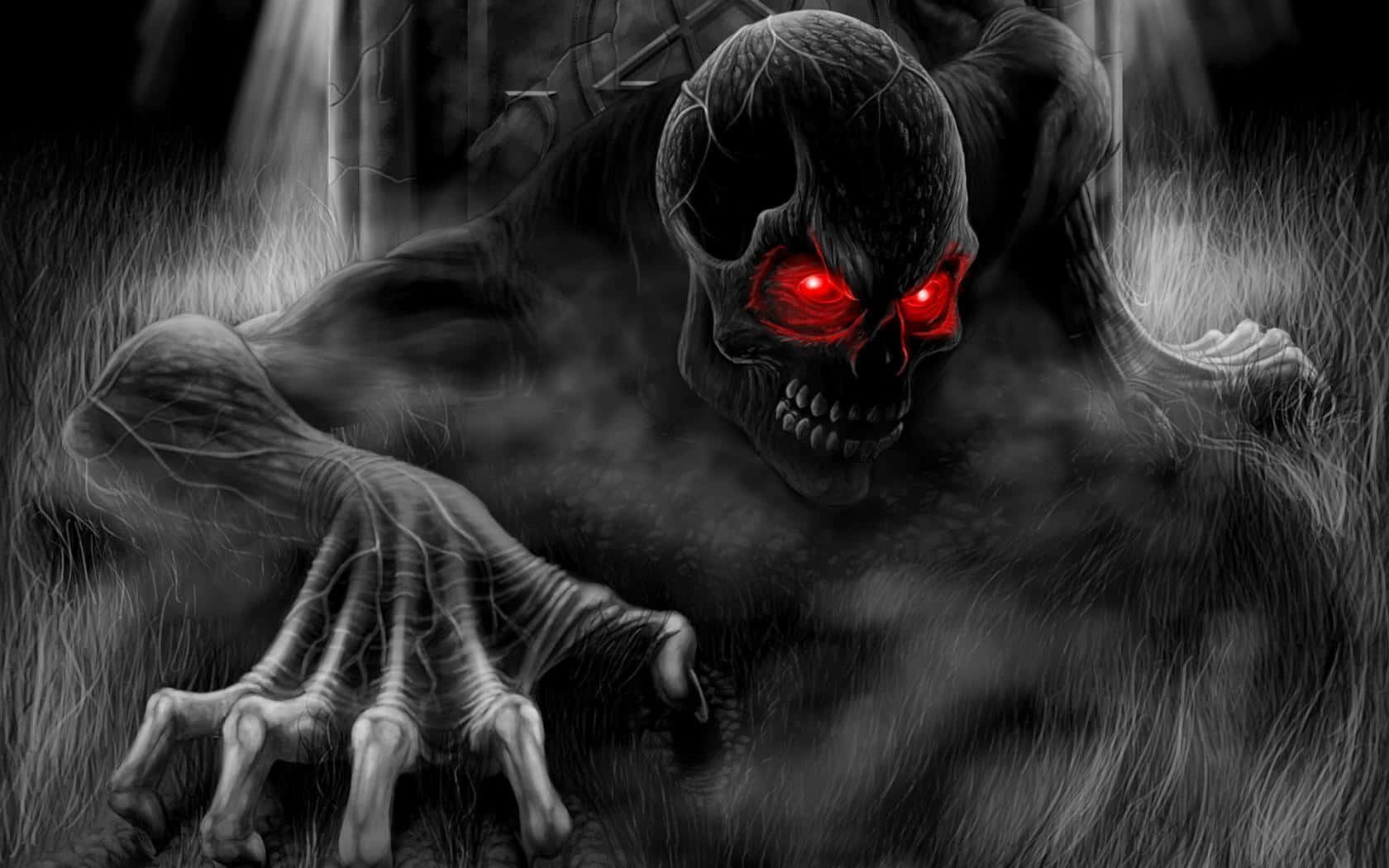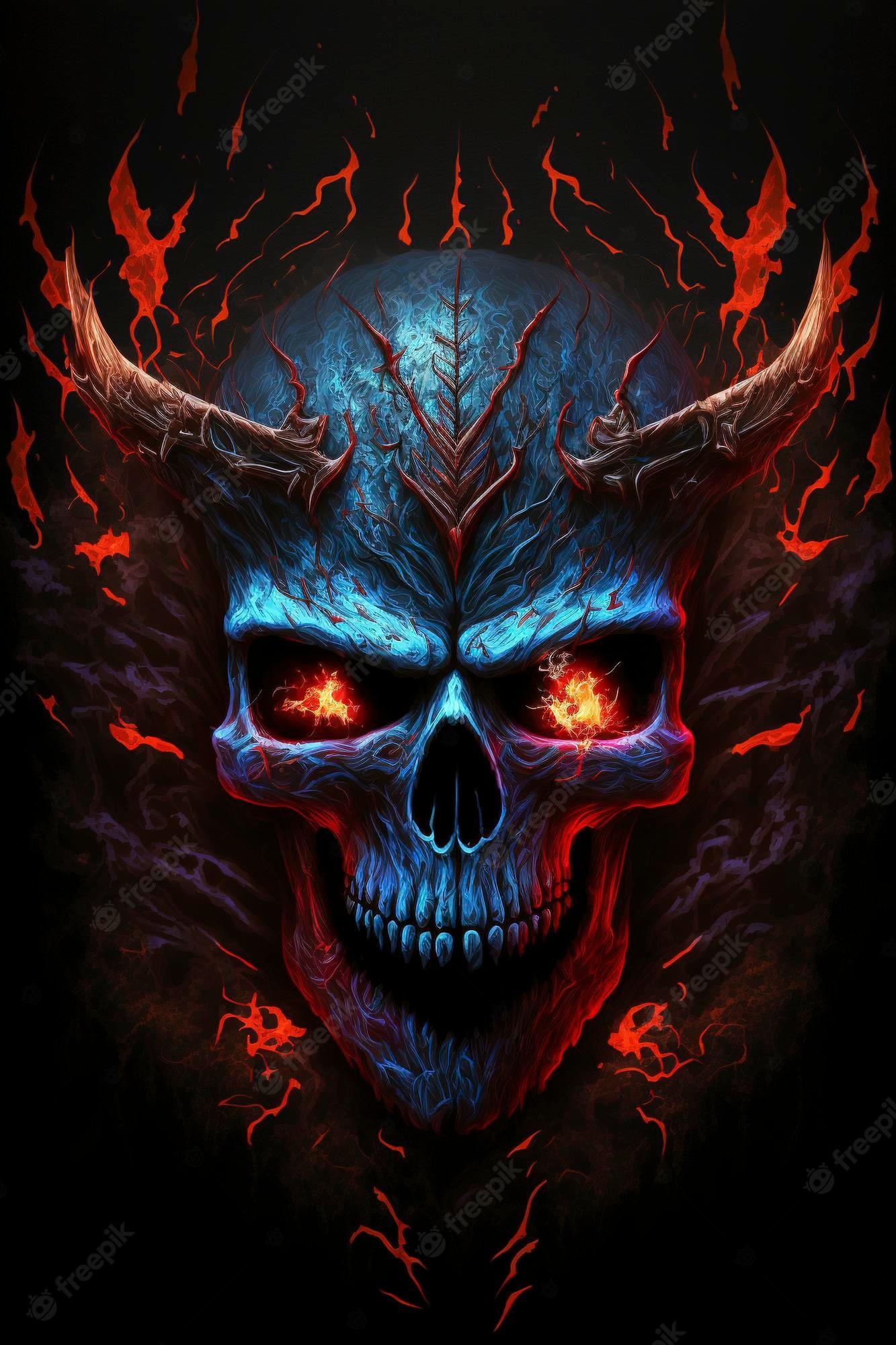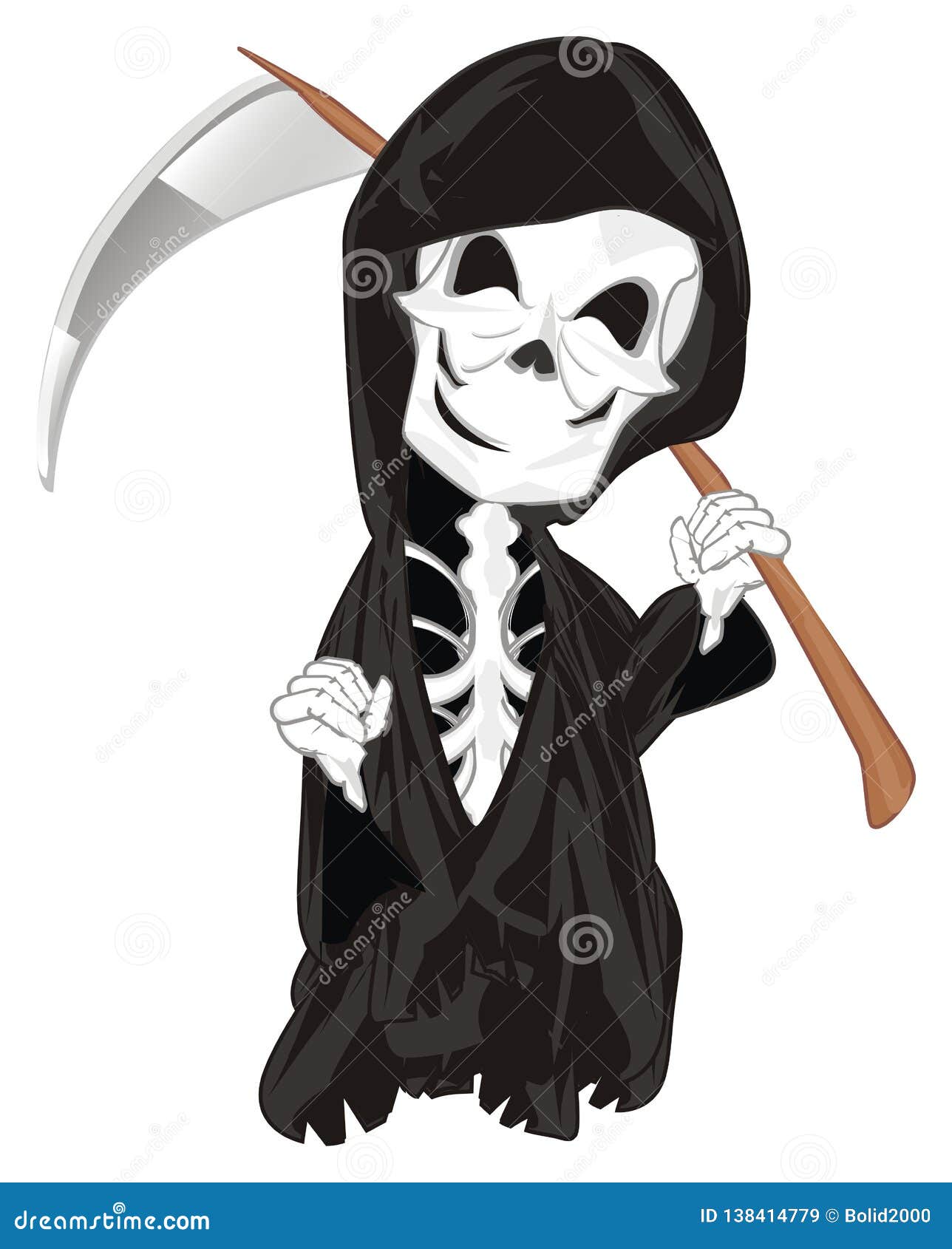The concept of the "Evil Fing Skeleton" has captured the imagination of enthusiasts and casual observers alike. This intriguing phenomenon, often associated with horror and mystery, is a topic that continues to spark curiosity across various platforms. Whether you're a fan of horror culture or simply intrigued by strange internet phenomena, this article will take you on a journey through the world of the Evil Fing Skeleton.
In this era of digital exploration, the Evil Fing Skeleton has emerged as a fascinating subject, blending urban legends with modern internet culture. Its mysterious origins and eerie symbolism have made it a point of interest for those who enjoy delving into the darker corners of human fascination. This article aims to shed light on this phenomenon while maintaining a balance between mystery and factual information.
As we explore the depths of the Evil Fing Skeleton, we'll examine its cultural significance, origins, and the impact it has had on popular media. By the end of this article, you'll have a comprehensive understanding of why this subject continues to intrigue and terrify audiences worldwide.
Read also:F1nn5ter Onlyfans Leaked Understanding The Phenomenon And Its Impact
Table of Contents
- Introduction to Evil Fing Skeleton
- Origins of the Evil Fing Skeleton
- Symbolism Behind the Skeleton
- Rising Popularity in Pop Culture
- Myths and Legends Surrounding the Skeleton
- Psychology of Fear: Why It Appeals
- Types of Skeletons in Horror Media
- Artistic Depictions of Evil Fing Skeleton
- Evil Fing Skeleton in Video Games
- Conclusion
Introduction to Evil Fing Skeleton
The Evil Fing Skeleton is not just a random internet creation but a symbol that resonates with themes of fear, mortality, and the unknown. Its name alone evokes a sense of dread, making it a perfect subject for horror enthusiasts. The skeleton is often depicted with elongated fingers, giving it an otherworldly and menacing appearance.
This image has become a staple in modern horror culture, appearing in various forms of media, from memes to movies. Its popularity stems from its ability to tap into primal fears, making it a subject of fascination for many. Understanding the Evil Fing Skeleton requires delving into its origins, symbolism, and cultural impact.
Origins of the Evil Fing Skeleton
Historical Roots
The origins of the Evil Fing Skeleton can be traced back to ancient myths and folklore. Skeletons have long been symbols of death and the afterlife, appearing in various cultures throughout history. In medieval Europe, for example, the concept of the "Dance of Death" depicted skeletons leading the living to their graves, symbolizing the inevitability of mortality.
Modern Adaptations
In modern times, the Evil Fing Skeleton gained prominence through digital media. Platforms like Reddit, Twitter, and TikTok have contributed to its widespread recognition. Artists and creators have reimagined the skeleton in countless ways, adding their unique twists to its appearance and meaning. This adaptability has ensured its continued relevance in contemporary culture.
Symbolism Behind the Skeleton
The Evil Fing Skeleton represents more than just a spooky image. It embodies themes of death, fear, and the unknown. The elongated fingers, in particular, symbolize the reach of death, suggesting that no one can escape its grasp. This symbolism has made it a powerful tool in storytelling, allowing creators to explore complex themes related to mortality and human fragility.
Additionally, the skeleton serves as a metaphor for the darker aspects of human nature. Its menacing appearance can represent the inner fears and anxieties that people often try to suppress. By confronting these fears through art and media, individuals can gain a deeper understanding of their own psyche.
Read also:Comprehensive Guide To Mlgw Outage Map Your Essential Tool For Power Outage Updates
Rising Popularity in Pop Culture
Impact on Movies and TV Shows
The Evil Fing Skeleton has made appearances in numerous movies and TV shows, contributing to its growing popularity. Films like "The Skeleton Key" and "The Nightmare Before Christmas" have used skeleton imagery to evoke fear and wonder. These portrayals have helped cement the skeleton's place in popular culture, making it a recognizable symbol of horror.
Influencing Music and Literature
Music and literature have also embraced the Evil Fing Skeleton, using it as a source of inspiration. Bands like Ghost and My Chemical Romance have incorporated skeleton imagery into their music, creating an atmosphere of mystery and intrigue. Authors have similarly utilized the skeleton in their works, weaving it into narratives that explore themes of death and the supernatural.
Myths and Legends Surrounding the Skeleton
Throughout history, myths and legends have surrounded the concept of skeletons. In many cultures, skeletons are believed to possess supernatural powers, capable of haunting the living or serving as guardians of the underworld. These myths have contributed to the mystique surrounding the Evil Fing Skeleton, adding layers of complexity to its portrayal in modern media.
- In Norse mythology, skeletons were often associated with the god Odin, serving as his messengers.
- In Mexican culture, the Day of the Dead celebrates the spirits of the deceased, often depicted as skeletons.
- In Japanese folklore, skeletons are believed to be the spirits of those who died violently or unjustly.
Psychology of Fear: Why It Appeals
The appeal of the Evil Fing Skeleton lies in its ability to tap into primal fears. Fear is a fundamental human emotion, and the skeleton represents one of the most universal fears: death. By confronting this fear through art and media, individuals can gain a sense of control over their anxieties, making the experience both thrilling and cathartic.
Psychologists have long studied the effects of fear on the human mind, revealing that it can stimulate the release of adrenaline and other hormones associated with excitement. This physiological response explains why so many people are drawn to horror and the supernatural, including the Evil Fing Skeleton.
Types of Skeletons in Horror Media
Classic Skeletons
Classic skeletons, often depicted in medieval art and literature, are the most recognizable form of skeleton imagery. These skeletons typically feature a full set of bones and are used to symbolize death and the afterlife.
Undead Skeletons
Undead skeletons, popularized by video games and fantasy literature, are reanimated corpses brought back to life through dark magic or supernatural forces. These skeletons are often depicted as mindless creatures, serving as foot soldiers for evil sorcerers and warlords.
Artistic Depictions of Evil Fing Skeleton
Artists have played a crucial role in shaping the image of the Evil Fing Skeleton. Through various mediums, including paintings, sculptures, and digital art, they have reimagined the skeleton in countless ways. Some artists emphasize its menacing appearance, while others focus on its symbolic significance.
One notable example is the work of artist Edvard Munch, whose painting "The Scream" captures the essence of fear and anxiety. While not directly related to the Evil Fing Skeleton, Munch's work illustrates how art can evoke powerful emotions and inspire new interpretations of familiar symbols.
Evil Fing Skeleton in Video Games
Video games have embraced the Evil Fing Skeleton, using it as a central element in their narratives. Games like "Dark Souls" and "Minecraft" feature skeleton enemies that challenge players with their unique abilities and eerie appearance. These games allow players to interact with the skeleton in a virtual environment, enhancing their understanding of its role in horror culture.
Developers have also incorporated the skeleton into multiplayer games, where players can team up to defeat skeleton bosses or compete against each other in skeleton-themed challenges. This interactive experience has contributed to the skeleton's enduring popularity in the gaming community.
Conclusion
The Evil Fing Skeleton is more than just a spooky image; it is a symbol of fear, mortality, and the unknown. Through its origins in ancient myths and its modern adaptations in digital media, the skeleton has become a staple in horror culture. Its ability to evoke primal fears and stimulate the imagination has ensured its continued relevance in contemporary society.
We encourage readers to explore this fascinating subject further by engaging with the various forms of media that feature the Evil Fing Skeleton. Whether through movies, books, or video games, there is much to discover about this intriguing phenomenon. Feel free to leave your thoughts and questions in the comments section below, and don't forget to share this article with others who may be interested in the world of horror and the supernatural.
For more information on related topics, check out our other articles on horror culture, mythology, and psychology of fear.


